If you’ve been cooped up in your home for any extended period, you’ll know how unpleasant it is to be in a stuffy room. Poor air quality can have a detrimental effect on your health: it can lead to respiratory problems like asthma, can worsen or even cause allergies and can be a factor in why you’re feeling tired all the time. At the same time, a recent study says air purifiers may actually be harmful in confined spaces. Luckily, it’s also an easy problem to fix and you’re unlikely to need a huge reno that will cost thousands. Here are 10 things you need in order to improve your home’s air quality.

Ventilation
Good ventilation is an essential weapon in the war against poor air quality. It’s especially important for rooms where humidity levels are high, such as the basement, because it’s one of the first steps in preventing mold, a major trigger of respiratory issues. When the weather allows it, open doors and windows to let fresh air flow through your home. It’s best to do this when traffic levels are low and the air is cleaner. You can also invest in a trickle ventilator.
Related: The Best Indoor Plants for Every Room in Your House
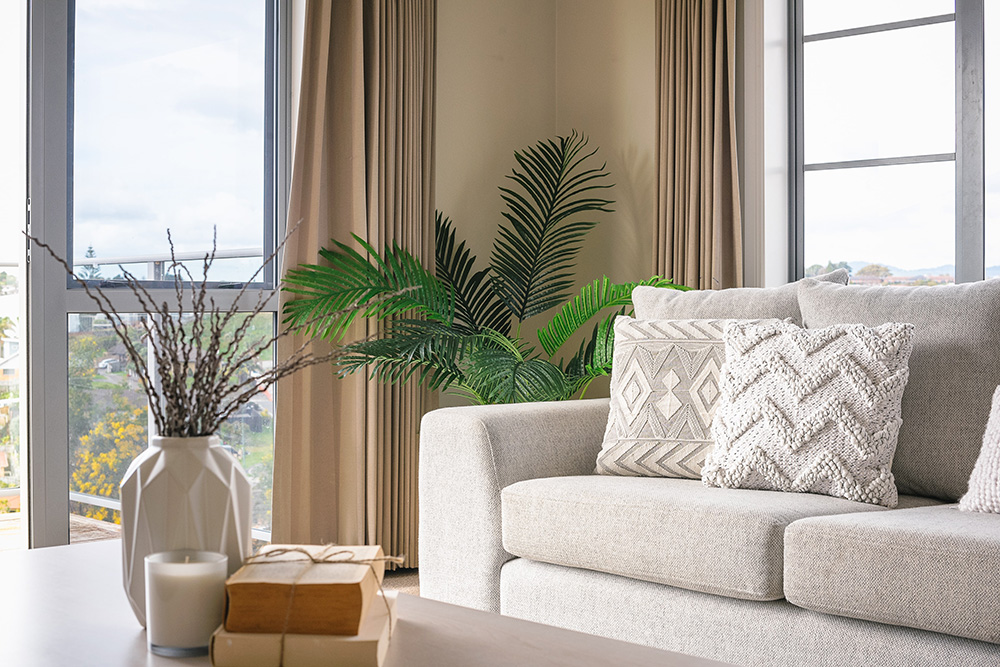
Clean Fabrics
Fabrics – everything from carpets and upholstered furniture to bedding and even your clothes – collect dust and dander and provides the perfect environment for dust mites. Thoroughly wash these regularly to keep them clean, especially if you have pets: if the fabric allows, warm to hot water is best. It’s also worth considering replacing the carpets with hardwood or tiles: the work you’ll save and the will offset the cost of new flooring.

Clean Filters
The reason there are filters in your air conditioning system, furnace and range hood is to get rid of things that contaminate the air. However, after a while those filters get clogged up with the very stuff they’re filtering out and then they don’t work properly anymore. So, regularly check all the filters in your home, clean them if you can and replace them when necessary.

Clean Air Ducts
Air ducts are there to distribute warm and cold air evenly throughout your home. However, dirty air ducts will also distribute dust, dander and other contaminants from one room to another. Regularly checking and cleaning your air ducts will not only improve the air quality in your home but will also help get rid of the smell of cigarette smoke and other nasty odours.
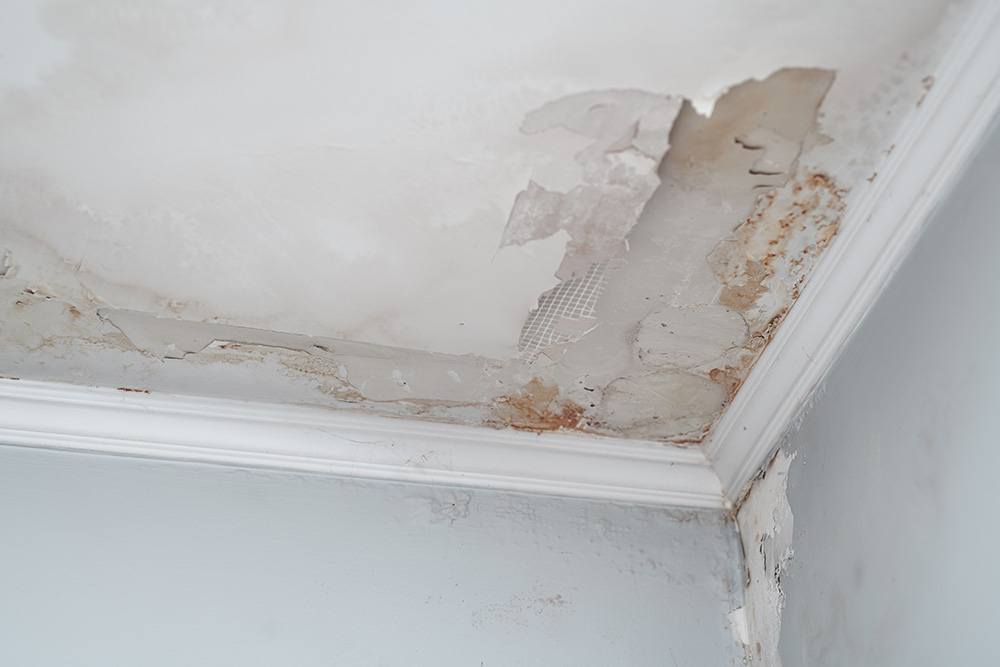
No Leaks
One of the most common culprits in reducing the air quality in your home is mold and one of the biggest reasons for mold is high humidity levels. The first step in stopping mold from growing is to reduce humidity levels and that starts with fixing all water leaks in your home.
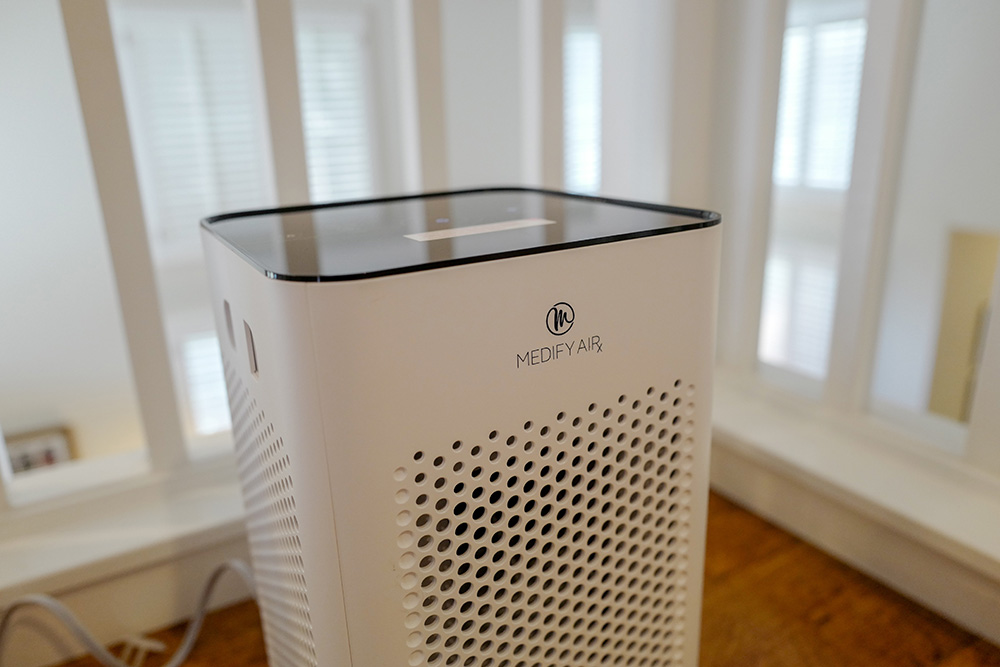
Air Purifiers
An air purifier filters the air in a room by capturing particles of dust and other pollutants. They’re designed to work for a single room rather than the entire home. If it’s not feasible to get an air purifier for every room, you can invest in one or two portable ones and move them to where they’re needed most, for example craft rooms where you use glue and paint that may contain toxins.
Related: 10 Kids’ Craft Rooms Packed With Colourful Design Inspiration
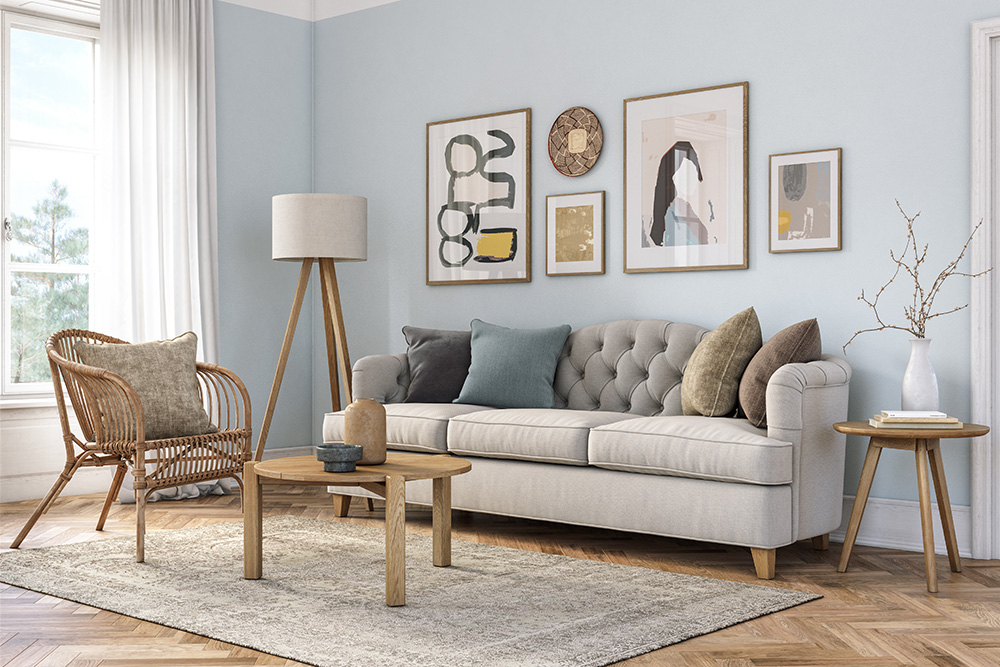
Non-Toxic Furniture
Another thing to consider are the sources of poor air quality, such as your furniture. Plywood, for instance, can be a major source of formaldehyde. Flame retardants and treatments that keep fabrics wrinkle-free and stain-resistant also release a cocktail of harmful chemicals into the air. Luckily, it’s becoming easier to find non-toxic furniture that won’t cost more than the mortgage.
Related: The Best Home Office Furniture Picks (and Accessories) Under $300
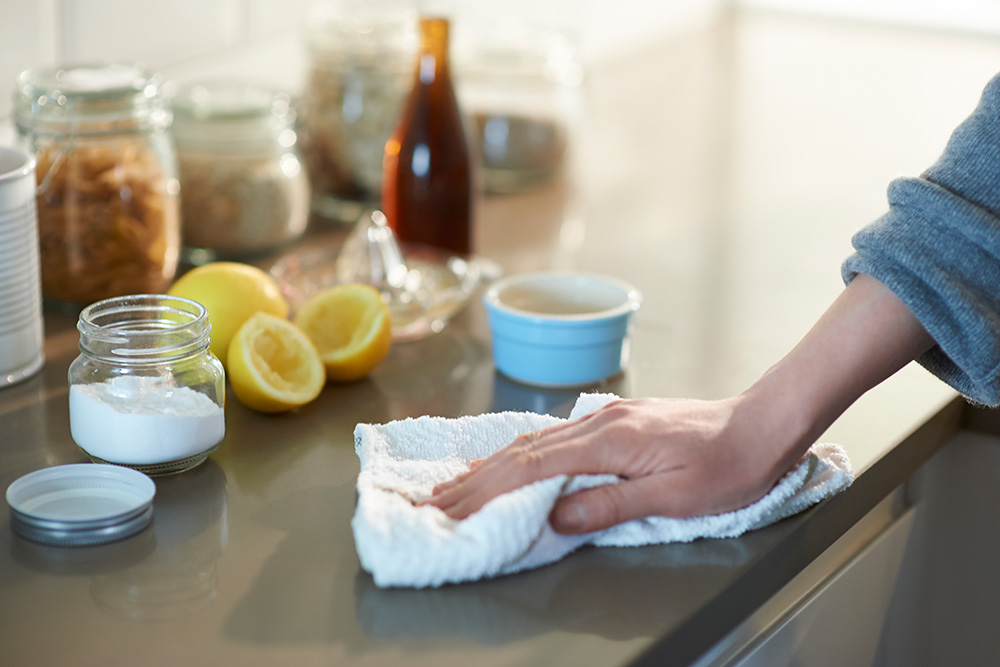
Eco-Friendly Cleaning Products
Eco-friendly cleaning products don’t contain harmful chemicals that release toxins into the air. They don’t have to cost an arm and a leg either. Why not commandeer the kids to help you with cheap, all-natural cleaning products that you can make at home?

Air-Purifying Plants
Some indoor plants can trigger allergies, especially if they produce pollen or are prone to mold. However, there are also plenty of indoor plants that clean the air and remove toxins. Some of the best indoor plants for clean air include snake plants, golden pothos, aloe vera, Boston ferns and moth orchids.

No Clutter
Have you ever noticed how much less likely you are to say that a room feels stuffy if that room has an open, minimalist design? There’s a good reason for that: clutter not only makes cleaning more difficult but it also gathers dust. Moreover, knick-knacks may release toxic substances that pollute the air. If you want to improve your home’s air quality, it’s time to channel your inner Marie Kondo.
Related: How to Declutter Every Room in Your House (Now’s the Time!)
HGTV your inbox.
By clicking "SIGN UP” you agree to receive emails from HGTV and accept Corus' Terms of Use and Corus' Privacy Policy.





